For those who love Japanese culture, you probably know about the “doll festival” or “girls festival” that takes place every March in Japan.
This festival in Japanese is called Hinamatsuri (ひな祭り).
“What festival is Hinamatsuri?”
“What do the dolls decorated during the festival mean?”
“How do Japanese people celebrate Hinamatsuri festival?”
If you want to confirm what you already know about Hinamatsuri, or want to understand Hinamatsuri better so you can enjoy the festival like the Japanese, then definitely read this article.
What is Hinamatsuri Festival?
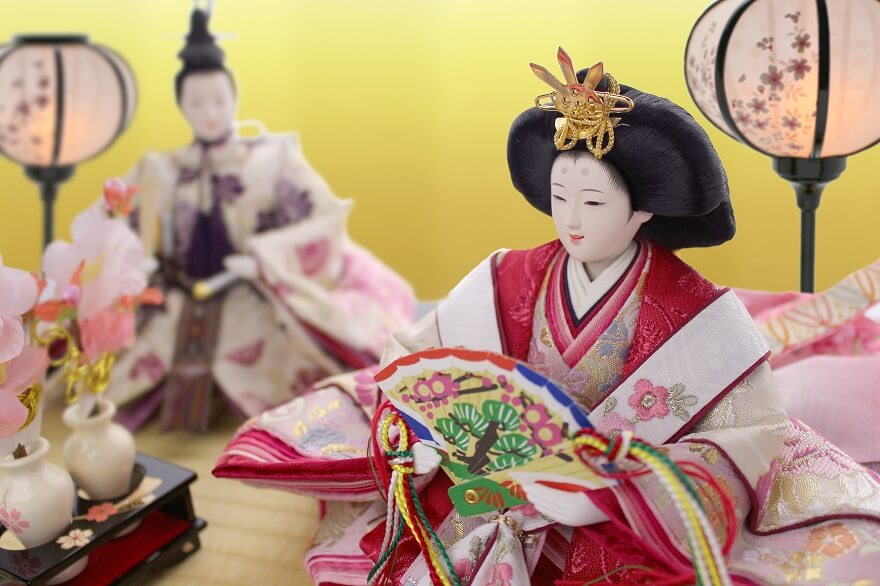
Hinamatsuri is a traditional Japanese festival, commonly known as the “doll festival” or “girls festival”.
Hinamatsuri (ひな祭り) is held on March 3 every year to wish baby girls grow up healthy, peaceful and happy.
Hinamatsuri has a very long history, the origin of the festival is said to originate from the middle of the Heian period (about 1000 years ago).
During this time, there was a custom called Nagashibina (流しびな), people made paper dolls to bring bad luck and illness on people’s behalf and then dropped them into the river.
Over time, the material and shape of the doll also changed, becoming more sophisticated and beautiful. People no longer release dolls into the river but instead display them carefully in their homes.
The Hinamatsuri festival with its splendid dolls as we see today was officially born in the middle of the Edo period (1603~1868).
What do Japanese people do at Hinamatsuri festival?
Early February ~ mid February: Decorate Hina dolls
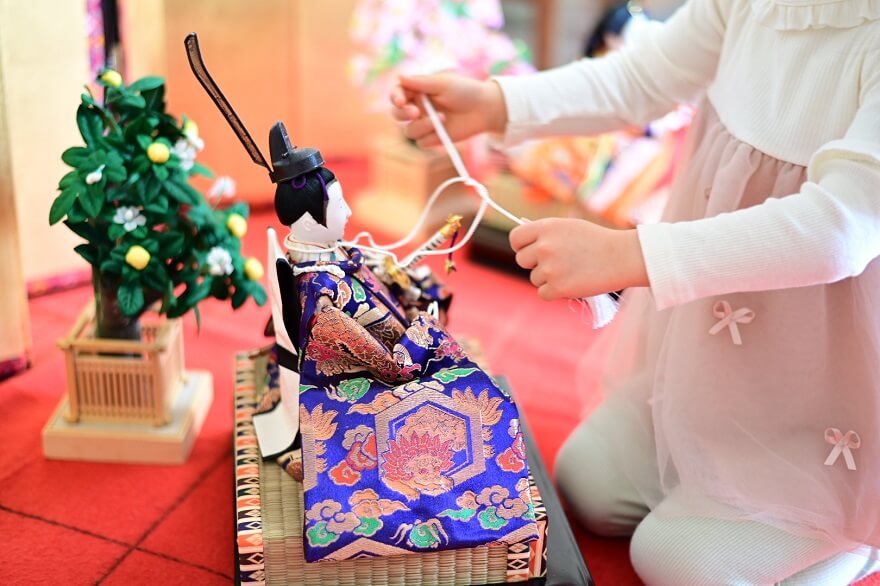
Although the Hinamatsuri festival officially takes place on March 3, from the beginning of February, families with daughters have started decorating Hina dolls.
Normally, the decoration will start from February 4, at the latest until about 1 week before March 3.
On March 2nd specifically, it is not advisable to decorate. Because decorating on March 2nd is synonymous with “decorating overnight”, reminiscent of leaving the deceased overnight before burying them in a funeral ceremony.
There is no specific regulation on the age of a baby girl to celebrate Hinamatsuri, but the first year after a baby is born is considered the most important.
As baby girls grow older, many families will stop decorating Hina dolls.
There are families who will stop decorating when their daughter enters high school or turns 20 years old, and there are also families who just stop decorating until their daughter gets married.
March 3: Eat and drink together
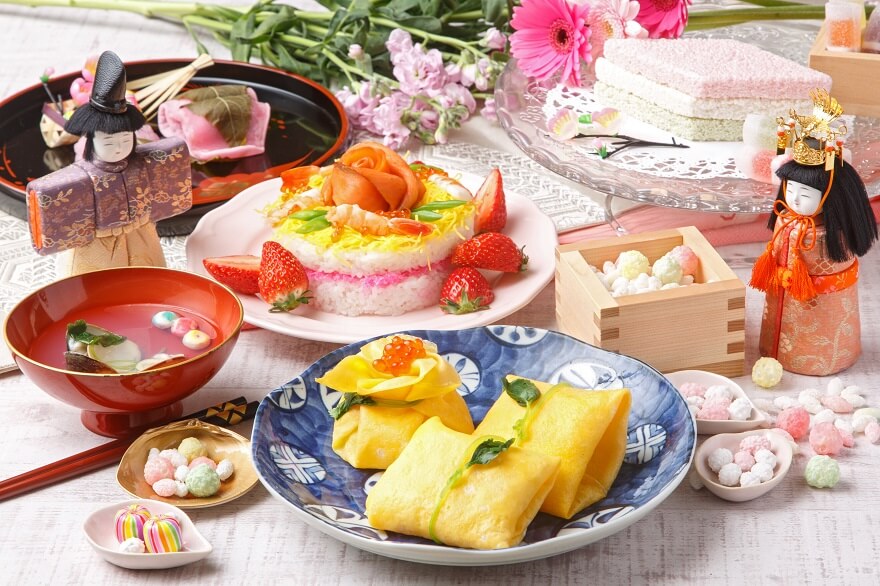
On March 3, the whole family will gather and eat together.
If it is a baby girl’s first Hinamatsuri celebration, Japanese people often choose to eat at a restaurant and invite grandparents to join in to celebrate.
If the baby girl is grown up, Japanese people often gather at home and enjoy traditional dishes, such as Hishi-mochi rice cakes or Chirashi-zushi.
Recently, cakes decorated with Hina dolls are also very popular.
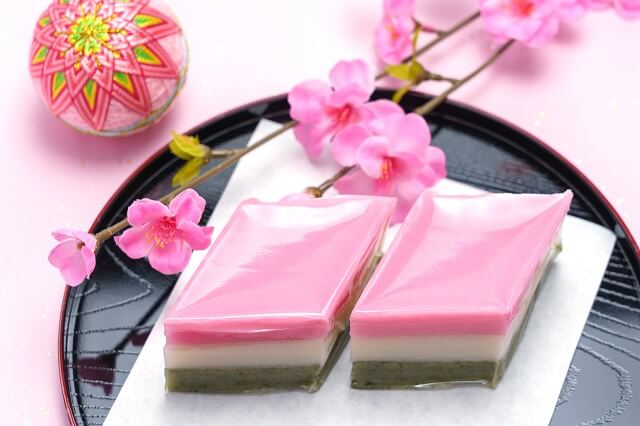
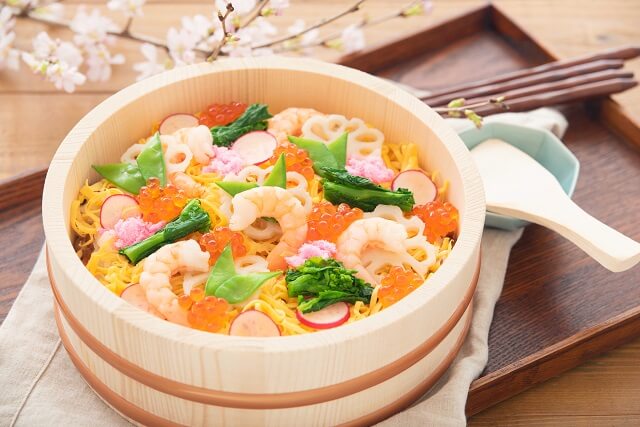
Hishi-mochi rice cake (left) and Chirashi-zushi (right)
After March 3: Clean up the dolls
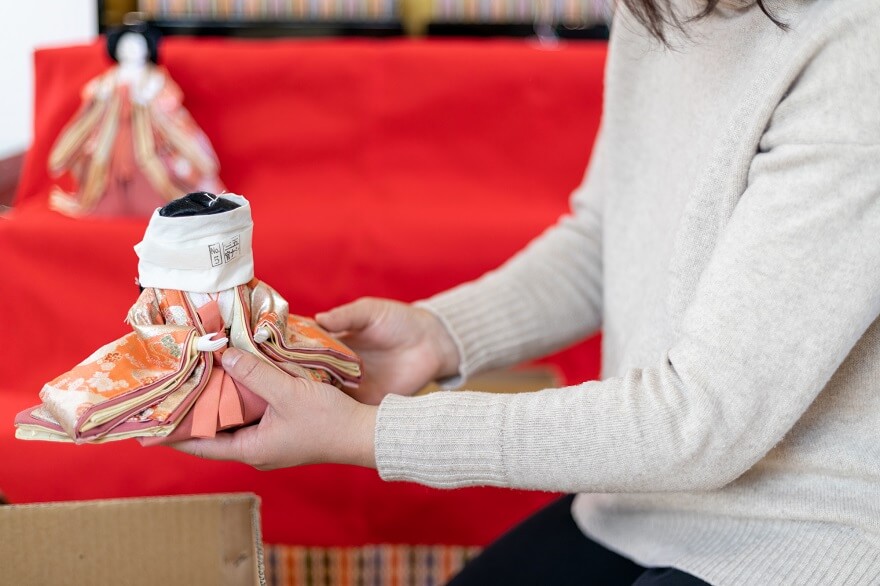
After March 3, people will start cleaning up Hina dolls and storing them carefully.
Depending on each house, the cleaning time will be different, but at the latest 2 weeks after the festival ends.
Some people say that if you clean up your dolls too late, your daughter will get married late, but in reality this is just word of mouth so nowadays not too many Japanese people worry about this.
Simply put, if you clean too late, the damp weather will damage the doll.
Conclusion
Hinamatsuri, also known as “girls festival”, is a traditional Japanese festival.
Held on March 3 every year, the Hinamatsuri festival means wishing little girls to grow up healthy, peaceful and happy.
If your family has a little girl, it would be great if the whole family gathered together to decorate Hina dolls and enjoy traditional dishes such as Hishi-mochi rice cake, Chirashi-zushi, etc.
You can also immerse yourself in the festive atmosphere by going to see the giant shelves of Hina dolls displayed in many places across Japan.
Read more in the following article if you are interested!

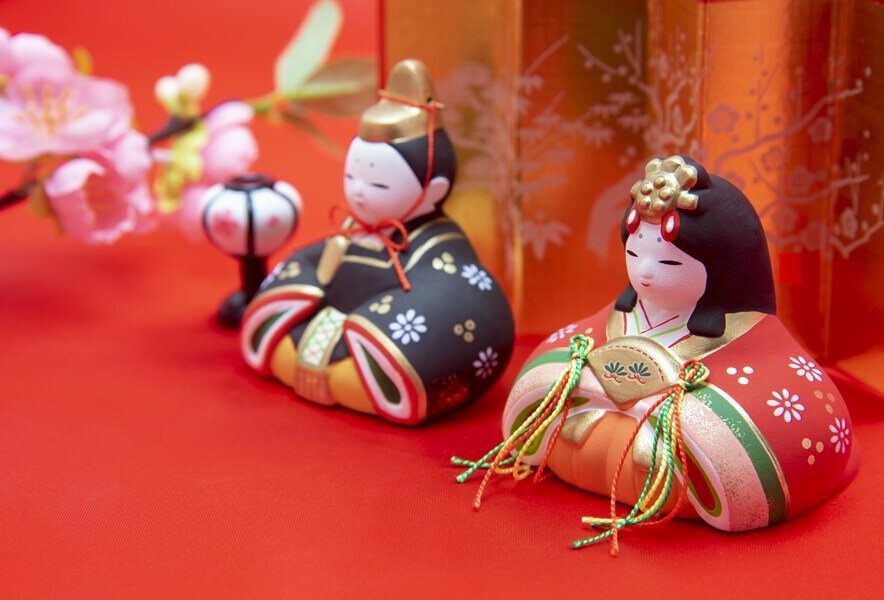
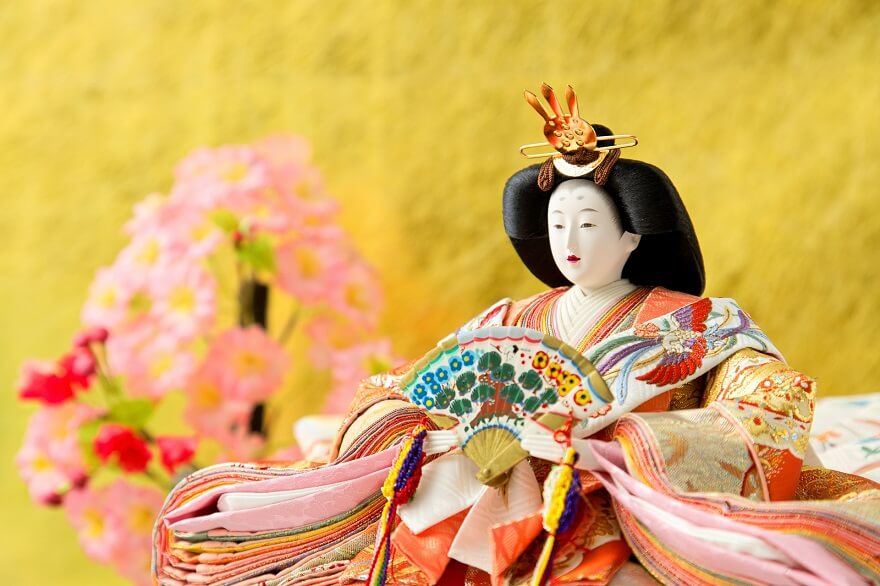
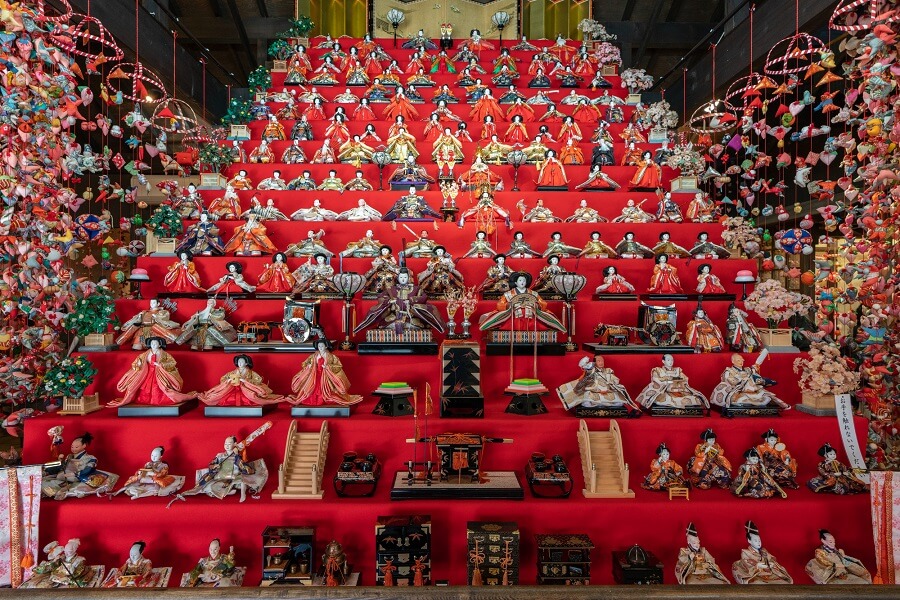
Comment